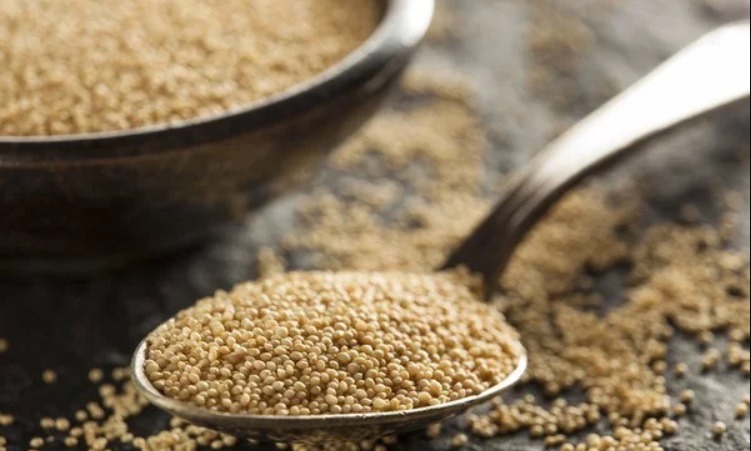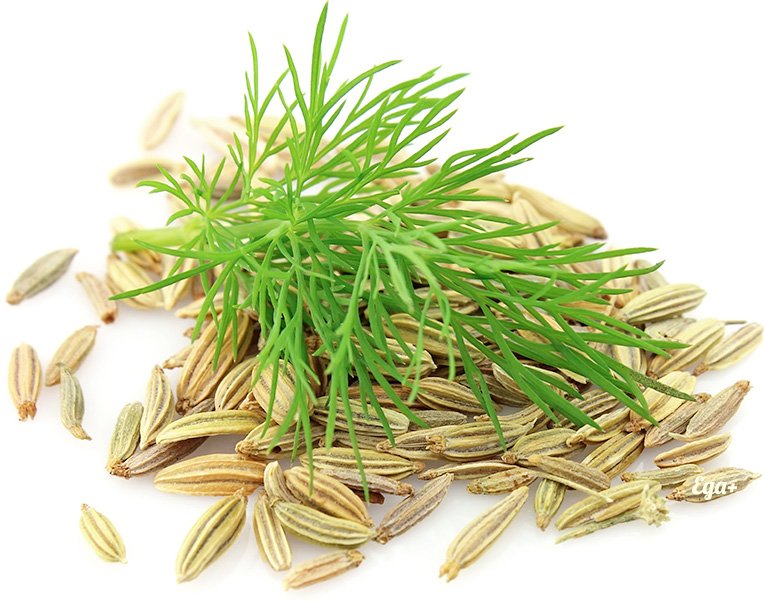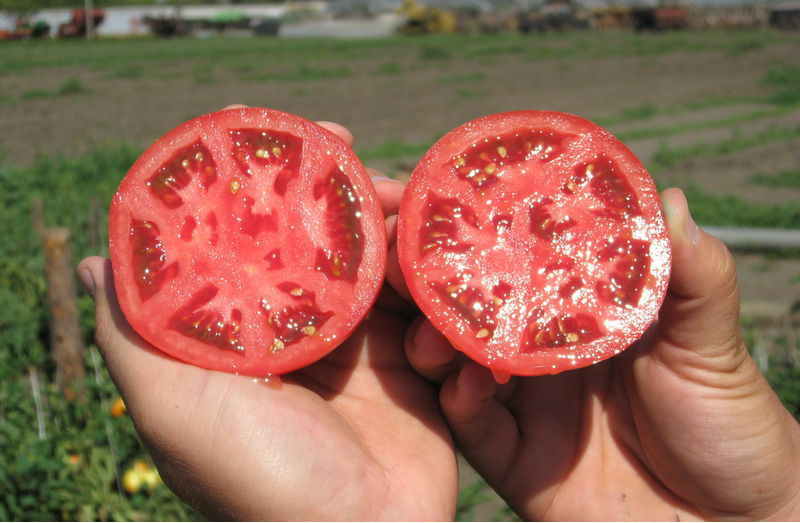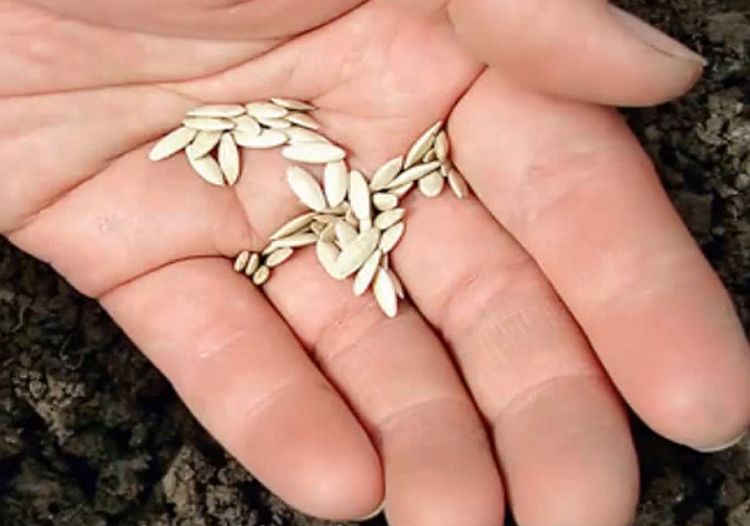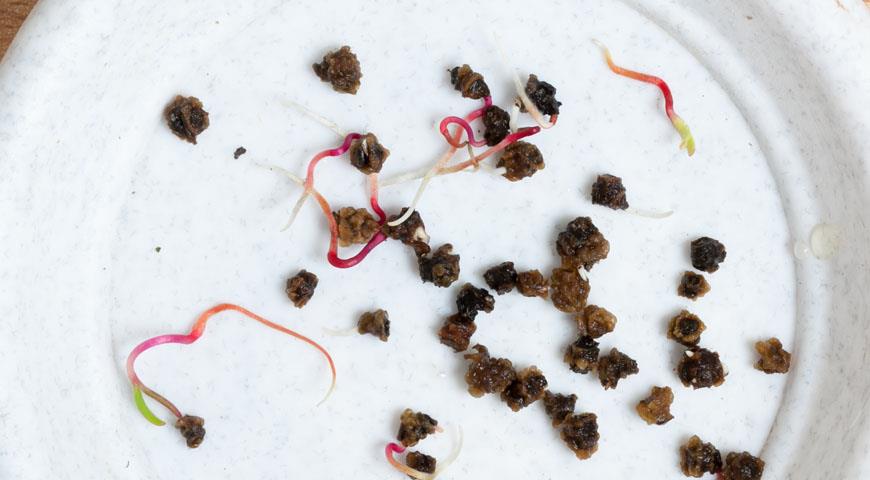Content:
Amaranth is a relative of the well-known and beloved quinoa, it was actively used by the Aztecs and Incas. Amaranth is a grain that contains a high concentration of not only nutrients, but also useful substances. This, in fact, determines the popularity of the product. Today amaranth is the foundation of all gluten-free diets.
Amaranth seeds: general characteristics
Amaranth is one of the most ancient crops related to cereals. Scientists have found that amaranth and chia grains made up more than 80% of the daily diet of many tribes living in modern America. Scientists conduct a lot of laboratory research to discover new real possibilities of amaranth in the fields of medicine and cosmetology.
To use amaranth grains for food, you need to familiarize yourself with some of the features of this product:
- Sprouted raw materials contain several times more antioxidants than ordinary ones. Therefore, it is recommended to eat sprouted seeds for food. Amaranth oil can be obtained from raw materials, for this it is enough to make a squeeze from the germinated grains. Sprouts can be used to make various smoothies.
- Despite the large number of useful properties, as a result of temperature exposure, the raw material loses them by 40%. Therefore, it is recommended to harvest the pomace yourself at home. To do this, use a mortar. Of course, unrefined pharmaceutical oil is useful, but it cannot be compared with one prepared with your own hands.
- Human experience has shown that when eating amaranth seeds, it is necessary to strictly observe the recommended dosage. This is due to the fact that amaranth (shiritsa) contains active substances. When they enter the human body, they trigger a large number of chemical processes, in comparison with the usual food for many. On the one hand, this is good, but the measure must be observed in everything. If the product is abused, slight digestive upset and nausea may occur. In order not to provoke the development of undesirable consequences, it is necessary at first not to use amaranth as an independent dish. As the body gets used to the new product, its amount can be increased.
- It is inappropriate to eat amaranth for weight loss, since it contains a large amount of vegetable protein, which contributes to the growth of muscle mass.
Useful properties and benefits for the body
You can use amaranth in any form. It has been proven that the seeds contain vitamin A, which surprisingly multiplies when exposed to heat. Amaranth oil and seeds have such a healing effect on the body:
- in Chinese traditional medicine, it is believed that it slows down the aging process, it is also used for the prevention and treatment of cancer;
- the tailed, tricolor and paniculate varieties of amaranth contain a full set of amino acids and organic compounds that a person needs for normal life;
- a very useful oil is obtained from the seeds, which can be taken orally in order to strengthen immunity and remove toxic substances from the body;
- after undergoing a course of chemotherapy, amaranth must be included in the patient's diet;
- the product stimulates the regenerating properties of the body - this is scientifically proven;
- daily use of amaranth provides the body with vital chemical elements;
- regular use of amaranth reduces the likelihood of developing ovarian cancer by 75%;
- removes "harmful" cholesterol from the body, normalizes blood sugar levels;
- prevents premature graying, stimulates hair growth and prevents hair loss;
- seeds are rich in macro- and microelements, which has a beneficial effect on the cardiovascular system;
- amaranth is effective in the treatment of inflammatory processes, as well as diseases of the respiratory and reproductive system;
- regular use of amaranth oil will normalize sleep, reduce the likelihood of developing senile dementia, eye diseases.
Harm and contraindications
Despite the large number of useful properties, irrational use of the product can damage health.
- Amaranth is contraindicated in people with kidney disease and arthritis;
- it is worth refraining from use for people with severe chronic diseases.
Best use: pre-germinate the grains or heat them.
How to consume amaranth seeds
How to eat amaranth? It is used in various forms:
- flakes are prepared from amaranth seeds;
- using a mortar, they squeeze out the oil, which is drunk in its pure form for medicinal purposes and is used for preparing various dishes, dressing vegetable salads;
- ground seeds are flour that is used to make baked goods;
- sprouted seeds are added to any dishes;
- popcorn is prepared from the seeds;
- lately, more and more reviews can be seen about amaranth moonshine.
Amaranth: when to collect seeds and where to store them
In stores, amaranth is often sold in the form of seeds, flakes and flour. Amaranth seeds are very small, have a smooth surface of pale yellow color. The price for them is high, since the plant is almost never grown in our latitudes. If, nevertheless, the culture grows in the beds, you need to know how to prepare the seeds of the shirin so that they do not deteriorate.
To harvest the plants grown in the country or plot, the panicles are cut, preferably at a time when the seeds are just beginning to ripen. The inflorescences are laid out on paper and left for 10 days. Prepared panicles are rubbed with palms, removing seeds from them, which are subsequently sieved through a sieve. Store raw materials in a dry and warm place. The storage container must be hermetically closed, otherwise the likelihood that insects will eat the seeds increases significantly.
How to grow amaranth at home
Amaranth seeds can be sown at home. To do this, you will need to clearly follow the instructions below:
- The culture grows willingly on fertile soils. You can make it yourself by mixing sterile sand with earth and humus.
- The height of the container in which the plant will grow must be at least 10 cm, there must be through holes in the bottom - otherwise, the seeds will simply rot due to an excess of moisture. There must be a tray under the container into which the rest of the water will drain.
- You will also need a spray bottle, a watering can, cling film and a miniature shovel.
As soon as all the preparatory manipulations are completed, you can proceed to the direct sowing of seeds. Landing Algorithm:
- Cover the container with soil, make sure that there are no lumps.
- Take a small amount of soil and mix with the seed.
- Now the planting material is evenly distributed over the surface of the earth and irrigated with water from a spray bottle.
- To ensure the optimal temperature and humidity level, the pot is covered with cling film.
- The final stage is to put the container on the windowsill. The culture refers to light and heat-loving, therefore the window sill is a good place to grow.
There are many recipes where amaranth is present. The plant can be added to salads - this not only diversifies the taste sensations, but also benefits the body.
Amaranth is an amazing grain that should be added to the diet of a health conscious person.
